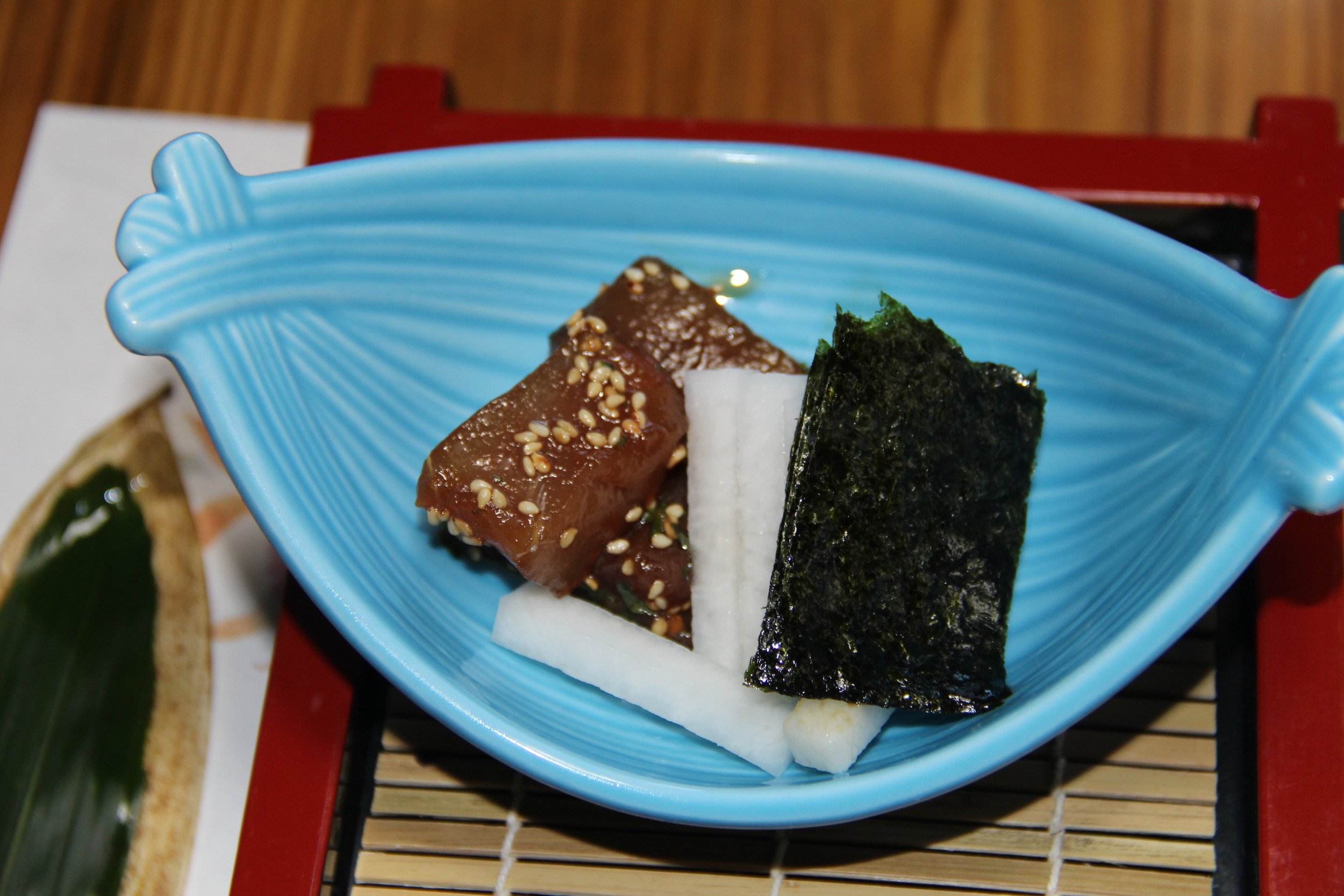Kumano Kodo
Mist blows slowly from the crevices running up the lush mountains, while a green tunnel of trees transports you into a more spiritual realm. The trail is 1,000 years old. 1,000 years! And as we enter the first gate, and begin climbing up the neatly groomed trail with vibrant green moss, I can't help but realize it is exactly what we need.
Climbing Kumano Kodo's old stone steps to begin the hike
Coming from Tokyo, and New York before, our minds needed to untangle themselves. What better place than the Kumano Kodo, which is a series of Buddhist pilgrimage routes that crisscross the Kii Peninsula of Japan. For centuries, people have made the journey through the mountains, stopping at the many shrines (ojis) to make amends or pay homage, while pushing toward the three great Kumano temples.
We're not Buddhist, nor Japanese, but the natural beauty of the trail was nothing short of magical. And it became quickly apparent how the trail facilitated a systematic spiritual catharsis.
Mountain views at dusk on Kumano Kodo
The Sweetest Man
After failing to run into a hiker on Day 1, we met our first hiker on Day 2 at Daimon-oji. He was a quiet, middle-aged Japanese man with round glasses and a large backpack. He was hiking alone, and after smiling through a few questions in broken English, he asked us to take a photo of him. As I readied the camera, he unraveled a silver framed photograph of his wife and held it up to his face. "Is that your wife?" I asked.
He swallowed hard, and held back tears. "Yes. She died five months ago of accident."
My heart dropped, and not knowing what to say, I snapped the photo. Then he whispered something into the frame and put her back into his backpack.
He was hiking the Kumano Kodo for her. His recently deceased wife. And at each shrine he would unravel the silver framed photo, hold back tears, and say a little prayer for her.
We passed him one last time, a few hours later, while he was eating lunch at a quiet creek along the path. Sure enough, the silver framed photograph of his wife was by his side, propped up on a log as he ate his little sandwich and smiled at her.
His devotion was beautiful. And every time I mention him, Michelle starts to cry.
Kumano Kodo Shrine Sculpture
Ryokans and Minshukus
Each night we stayed in small mountain villages, at family-run Minshukus (bed and breakfasts). There are no beds, or chairs, or individual showers. But the level or service and kindness is unrivaled by some of the nicest 5-star hotels.
Kiri-No-Sato Lodge in Takahara
The tradition at Ryokans and Minshukus is to serve a kaiseki-style dinner, which is an 8-course medley of fish, meats, pickled vegetables, rice, soups, and teas. Basically, when you can't possibly eat anything more, they bring another dish. Important to note, night two at Minshuku Tsugizakura, we had one of the best meals we ate in Japan. See photo gallery below. Thank you again Mr. and Mrs. Yuba, who were like our Japanese parents for the night.
We hiked about 8 miles each day, up steep mossy steps and down the rocky trails. It was hot and sticky, and our stamina was piss poor. But it tested our resolve and left us happy each night as we laid down to bed.
Michelle at Kumano Kodo Bus Stop
In the end, we left from a sleepy bus stop at dawn on the fourth day, equally sore and renewed. It was an amazing journey, through heat and sweat and winding green trails. Sometimes in life you're fortunate to find the right path at the right time, and for me at least, that was the Kumano Kodo.
- Stephen
Kumano Kodo Farewell




![photo 2[1].JPG](https://images.squarespace-cdn.com/content/v1/52ff9793e4b05db46b63bdfc/1405912485314-UI8PQ3U1WZ5MS34ZP8S9/photo+2%5B1%5D.JPG)



![photo 1[1].JPG](https://images.squarespace-cdn.com/content/v1/52ff9793e4b05db46b63bdfc/1405912513346-MC9QEBM4QHL74ZE78W20/photo+1%5B1%5D.JPG)





